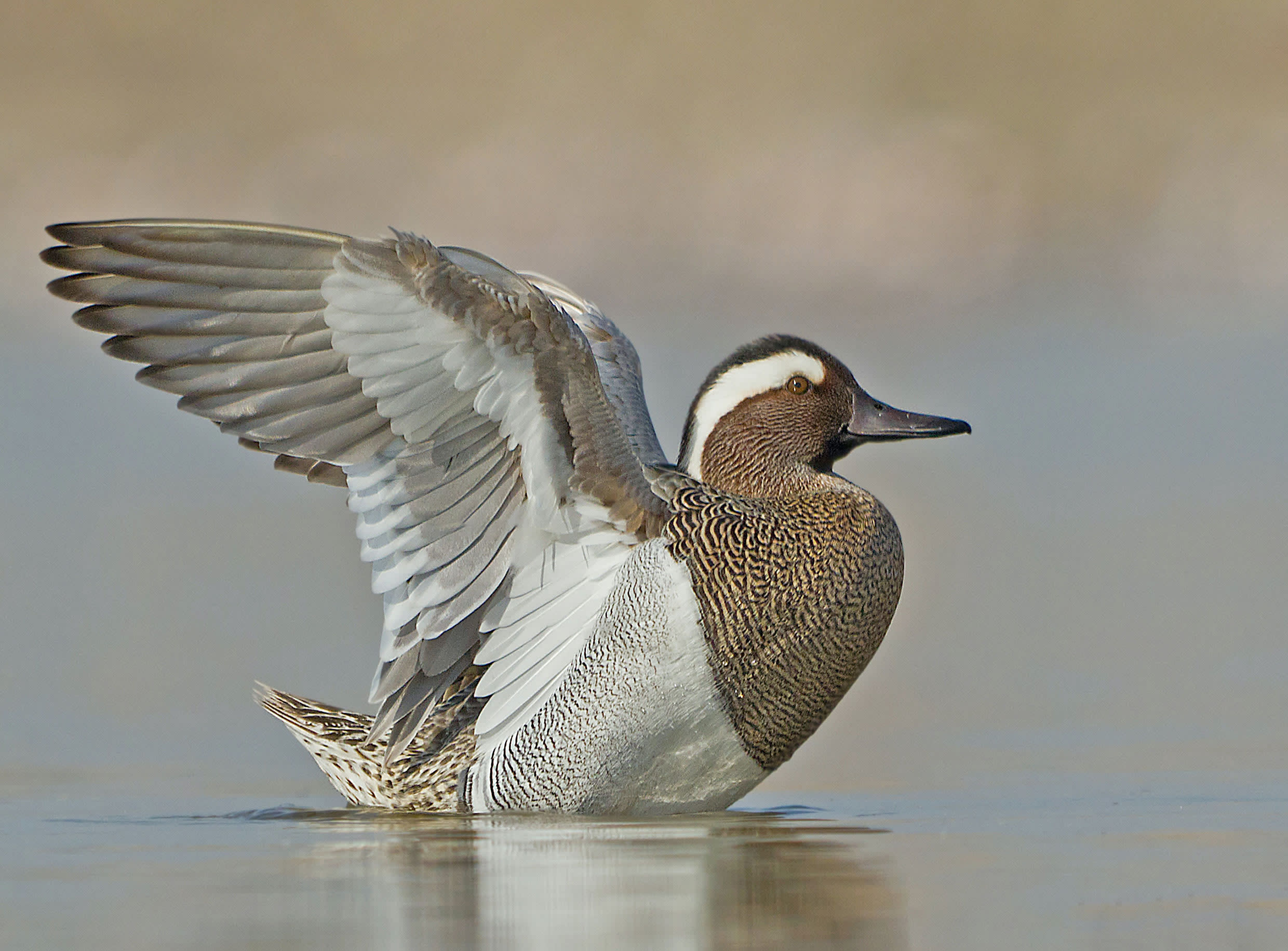 Listen to this article
•
15:34 min
Listen to this article
•
15:34 min
Of all the places that travel can take you, the past is perhaps the most unexpected destination. We arrive at a new place, eager to make new memories for tomorrow, and instead, sometimes, we are transported back to yesterday, to a feeling of déjà vu that we can’t shake off. An unintended diversion en route to a turtle hatchery on India’s western coast transported me back in time a decade and a few hundred kilometres away.
We were driving back from the turtle hatchery at Madhavpur on the coast of western Gujarat, the blue Arabian Sea, when I asked Kaushik Goswami, my guide and a naturalist from Green Wildlife Conservation Society, Porbandar if there was a place close by where we could see migratory winter birds. Apparently, there was, but it wasn’t easy to get to. This news put a smile on my face and a frown on our driver Manojbhai’s face as he wasn’t confident his car’s suspension could handle a rough road.
Cover Photo: Garganeys, with a distinctive white stripe over the eye, are small dabbling ducks (a term for ducks that feed on the water’s surface). The highly migratory species arrive at Mokarsagar in large flocks in the winter.
As the sun descended towards the sea, we turned off the highway at the Multipurpose Cyclone Centre at Tukda Gosa, around 20 km south of Porbandar. A few bumps later, we were on the narrow, straight road bisecting the Mokarsagar wetlands. Created by an inlet from the sea that gets boosted by monsoon rain, this unique ecosystem, hiding in plain sight, is a collection of marshes rippling gently over a 90 sq km area. It harbours over 180 species of birds, including migratory species like ducks, waders, gulls, terns, and cranes. In 2016, BirdLife International and Bombay Natural History Society listed it as an Important Bird and Biodiversity Area of India.
It was towards the end of winter, so the water was high on our left (the north and the side closest to the sea inlet) while it had started to dry out on our left. Ergo, all the feathered action occurred on our left. For the first kilometre, terns and gulls wheeled and dived about. The tide’s effect is at its strongest here, and the vegetation at its sparsest.
As we trundled inland, the water got stiller, and reeds started appearing. As did waders like herons (grey and great), glossy ibises, and Asian woolly-necked storks. Soon, the road got bad in stretches, so Manojbhai requested us to walk a few hundred metres ahead until the road got better. This was a blessing in disguise. Kaushik and I walked ahead of the vehicle, which meant we were clear of the visual and audio disturbance that even the quietest car visits upon such serene surroundings. And then, a grey-headed swamphen put on a show.
Swamphens, who are used to the quieter sight of villagers walking by on foot, started to come out of the reeds. Their blue-green plumage sparkled as it caught the light. One by one, they slipped out of the rushes, and before we knew it, the vista was more blue than green, and the bright red of their beaks stood out like beacons. Kaushik and I stood watching, rooted at the spot, until the gentle tooting of Manojbhai’s horn reminded us it was time to climb back in.

We drove on, and six kilometres after we’d first turned off the highway, we turned right at a small temple by the road. This new road, made along the top of the embankment that divided the wetland into two parts, was now even thinner and rougher, and Manojbhai’s patience finally ran dry. He stopped and pleaded with us to spare a thought for the vehicle’s suspension, which had taken quite a beating so far.
Kaushik and I got down and looked around. The drier right side of our road was almost like the Rann of Kutch at winter’s end — brown and white and drying into the distance. The left-hand side, however, was another world.
I clambered down the embankment and moved a thorn-filled bawal (Prosopis juliflora) branch for my first closeup of the Mokar wetlands. The sight before me was breathtaking. A cerulean expanse of open water was hemmed in at the horizon by emerald reeds, ducks, and coots swanning in the foreground. Large flocks of flamingos shimmered in the distance, and cranes chattered in their crowds, perhaps grumbling about our intrusion. Storks walked noiselessly through the shallows with measured ease, while pelicans floated around with an insouciance only they could carry off. In that magical moment, I was taken back a decade to Nal Sarovar, another wetland a few hundred kilometres due west of Mokarsagar, to a similar winter’s day. I’d spent a morning gaping at similar numbers of birds from a boat in Gujarat’s largest wetland — it was the first time I’d gazed upon a flock of migratory birds. I stood there watching and listening for what seemed like hours before Manojbhai reminded us that he’d rather negotiate the road back home while there was still daylight.
In March 2023, the Gujarat government announced plans to develop Mokarsagar into an “ecotourism hotspot”. This will be good in helping the local economy by providing employment, but rapid development of a natural wonder inevitably leads to the degradation of both ecosystem and experience. While I’m sure the government will enact all measures needed to conserve this pristine wetland while boosting local development, I’d suggest visiting Mokarsagar while the possibilities of you being the only human visitor are high.













